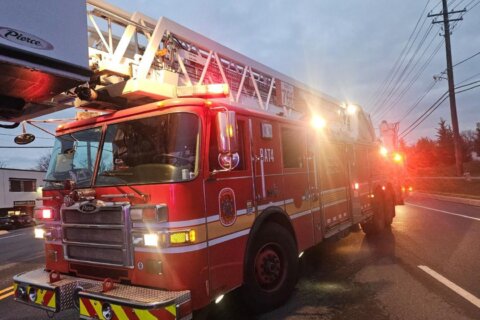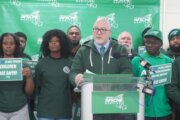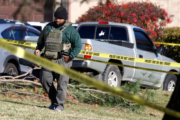Five years ago, when COVID-19 first appeared in Maryland, there was a steep learning curve.
The first confirmed cases in Montgomery County appeared in three people, all of whom had traveled outside of the U.S.
Within weeks, university campuses were closing, and by April 2020, Maryland’s public schools were ordered to close.
As cases surged across the country and across the D.C. region, state and county officials struggled to keep up with the transmission of the virus and understanding the best ways to slow its spread.
Earl Stoddard, the Montgomery County Assistant Chief Administrative Officer for Montgomery County, was among those in the county government at the center of coordinating the response by the county’s agencies. He served as the director of the Montgomery County Office of Emergency Management and Homeland Security at the time.
“Every day was hand-to-hand combat, where you just make a decision, live with the consequences and move on to the next decision,” Stoddard said. “You’d just hope you were doing the right thing more than the wrong thing because you knew you weren’t going to be perfect.”
Stoddard said the pandemic didn’t begin to let up until the second half of 2021.
“From January through June of that year was still tricky,” he said, but by the second half of the year, things had improved enough that there were outdoor high school graduations, giving a “sense of normalcy” to life in the county.
Throughout the pandemic, “Every day, we were making decisions that we would have wanted weeks or months to make in other circumstances,” he told WTOP.
Trying to limit the spread of the virus and provide the best possible outcomes for those who did contract COVID-19 was an all-consuming task. At the same time, the effects of decisions, such as closing schools for a protracted period of time, weighed on county officials.
Stoddard said there’s “no question” that the school closings had a profound effect on society.
“It’s still difficult for me to conceive of a strategy that would have kept schools open and kept them operating anywhere near 100%,” he said. “They are still feeling the aftereffects in their educational advancement from that period of time. There’s no question.”
Asked if the experience with dealing with COVID-19 has prepared the country for what might happen if the bird flu continues to spread, Stoddard said there have been some lessons learned.
“Public will is a limited, finite resource. We need to remember that. And so, when we ask people to do things, expecting them to do them with fidelity over a long period of time, is probably an unreasonable thing,” he said.
Get breaking news and daily headlines delivered to your email inbox by signing up here.
© 2025 WTOP. All Rights Reserved. This website is not intended for users located within the European Economic Area.








